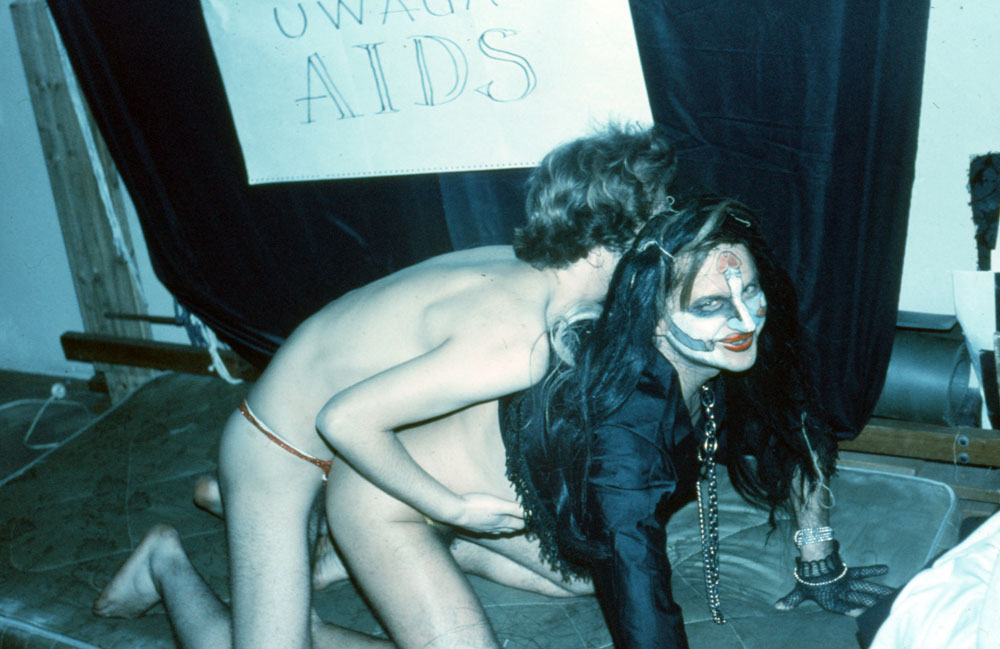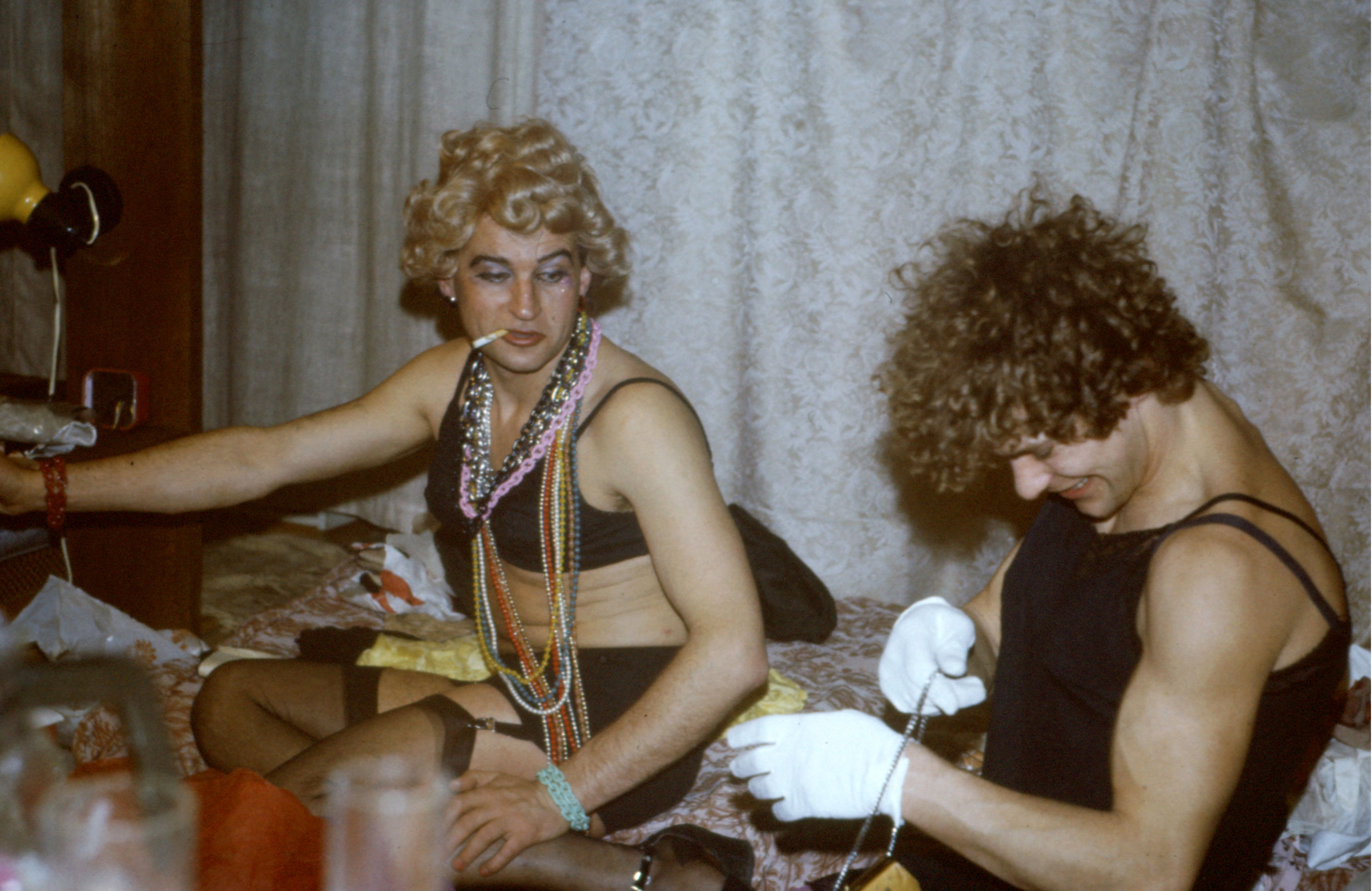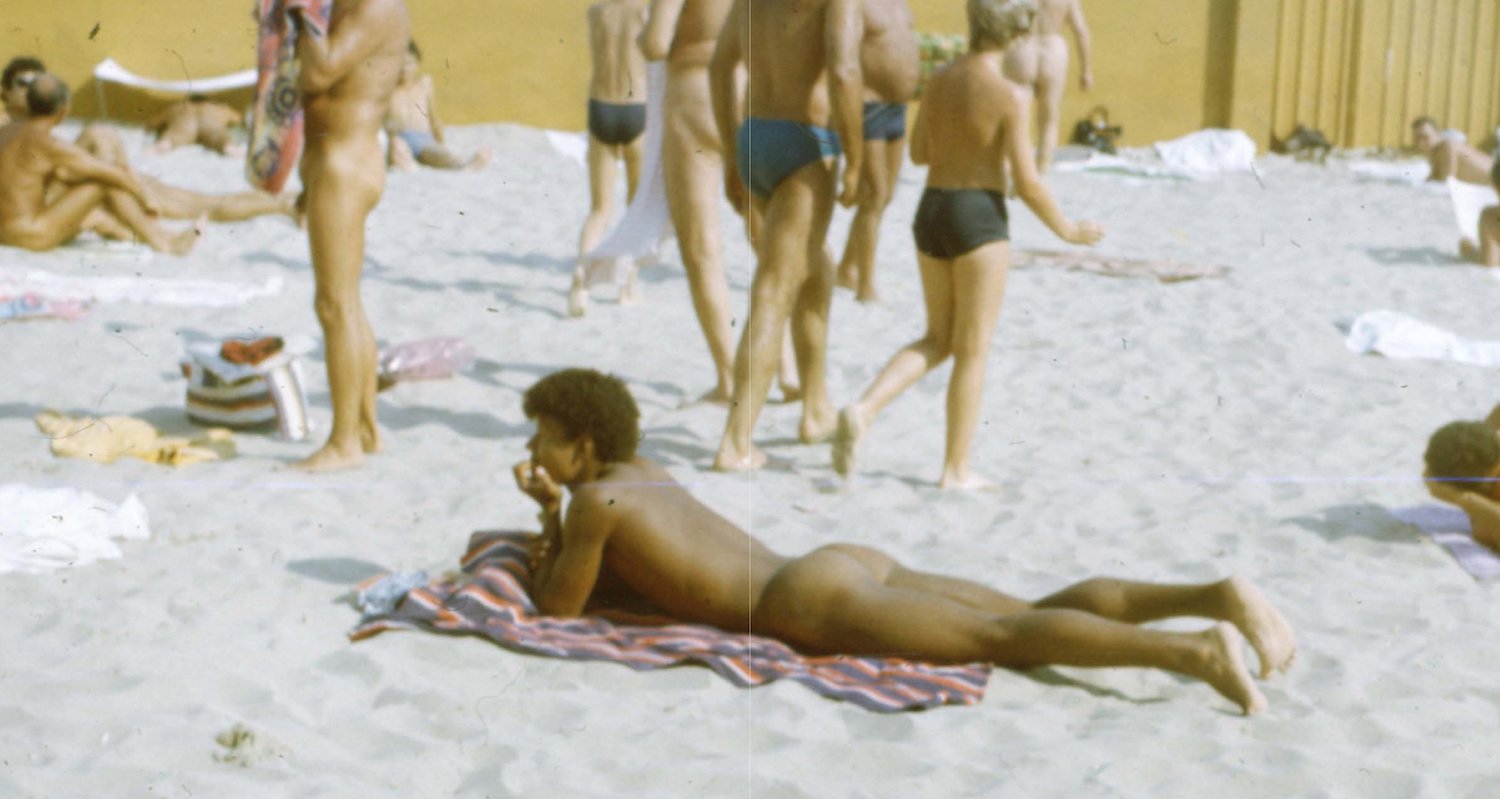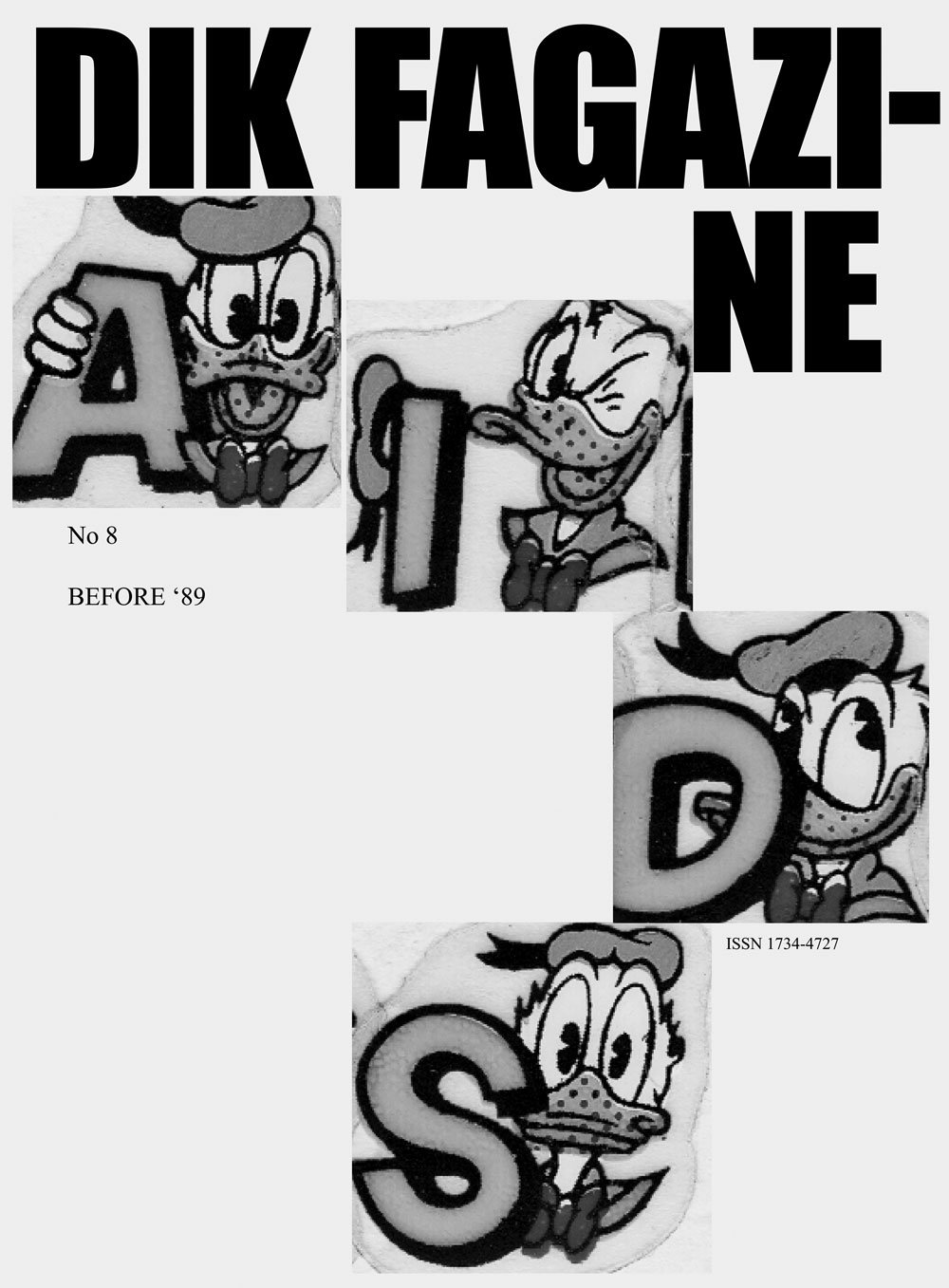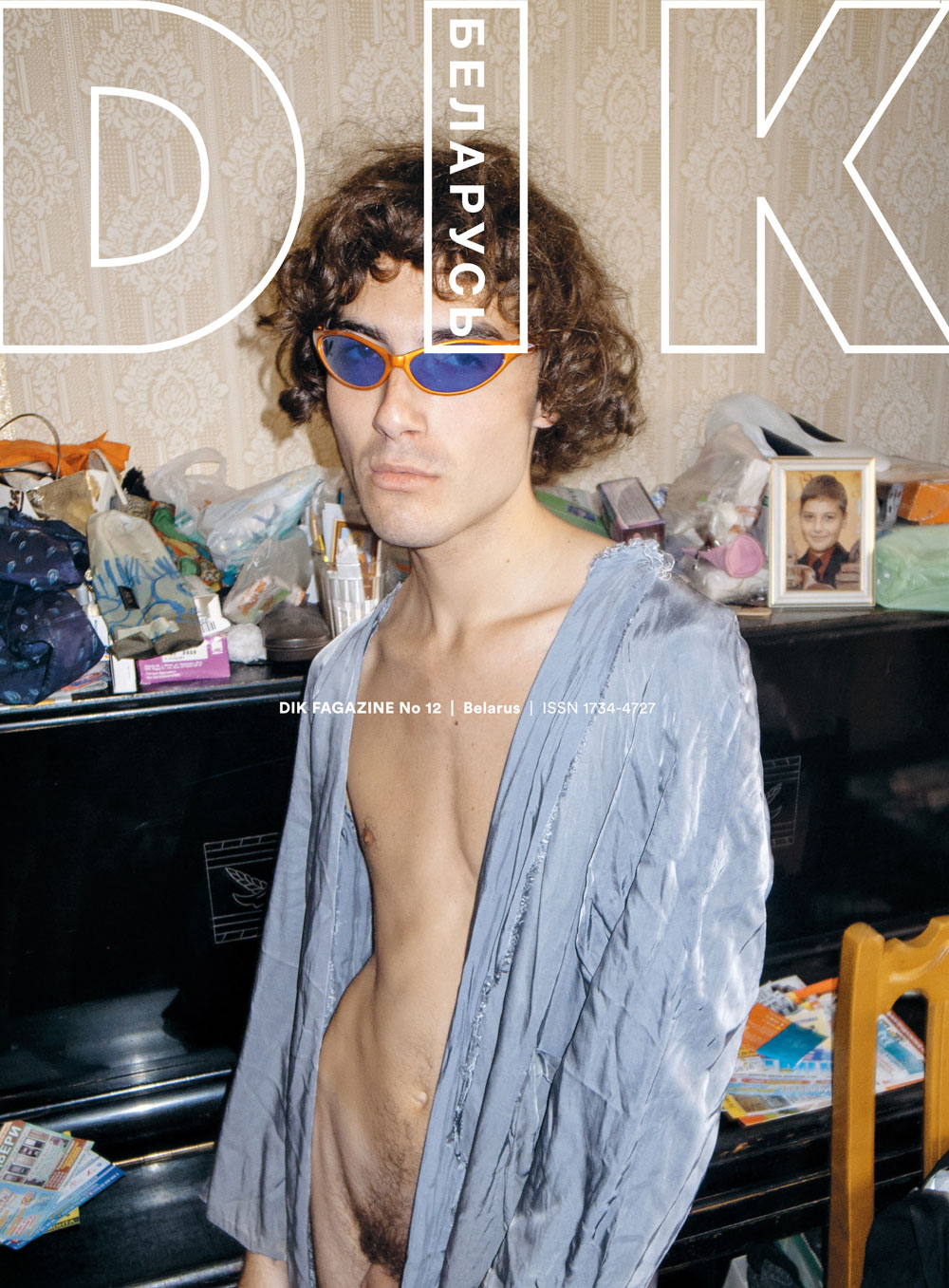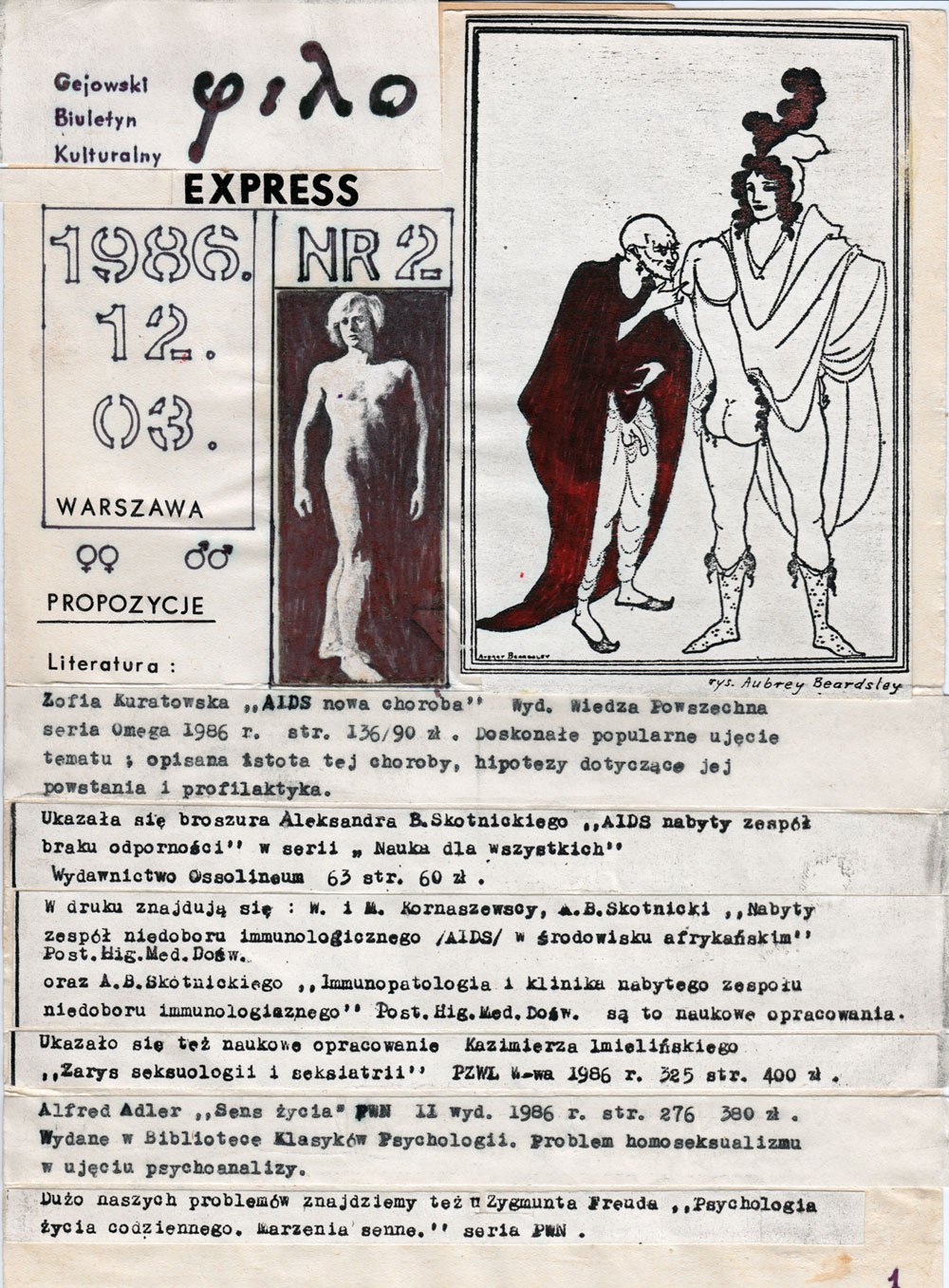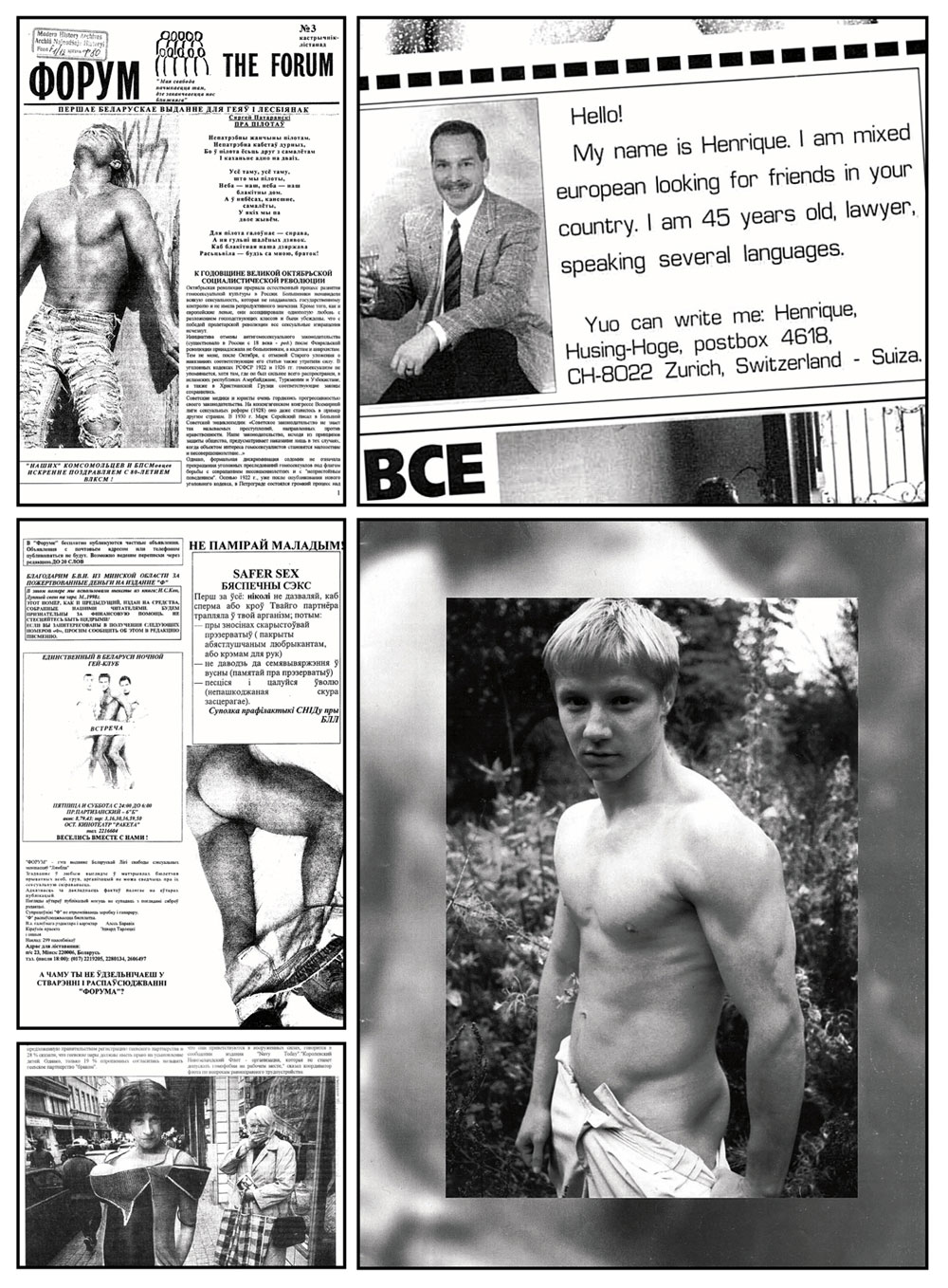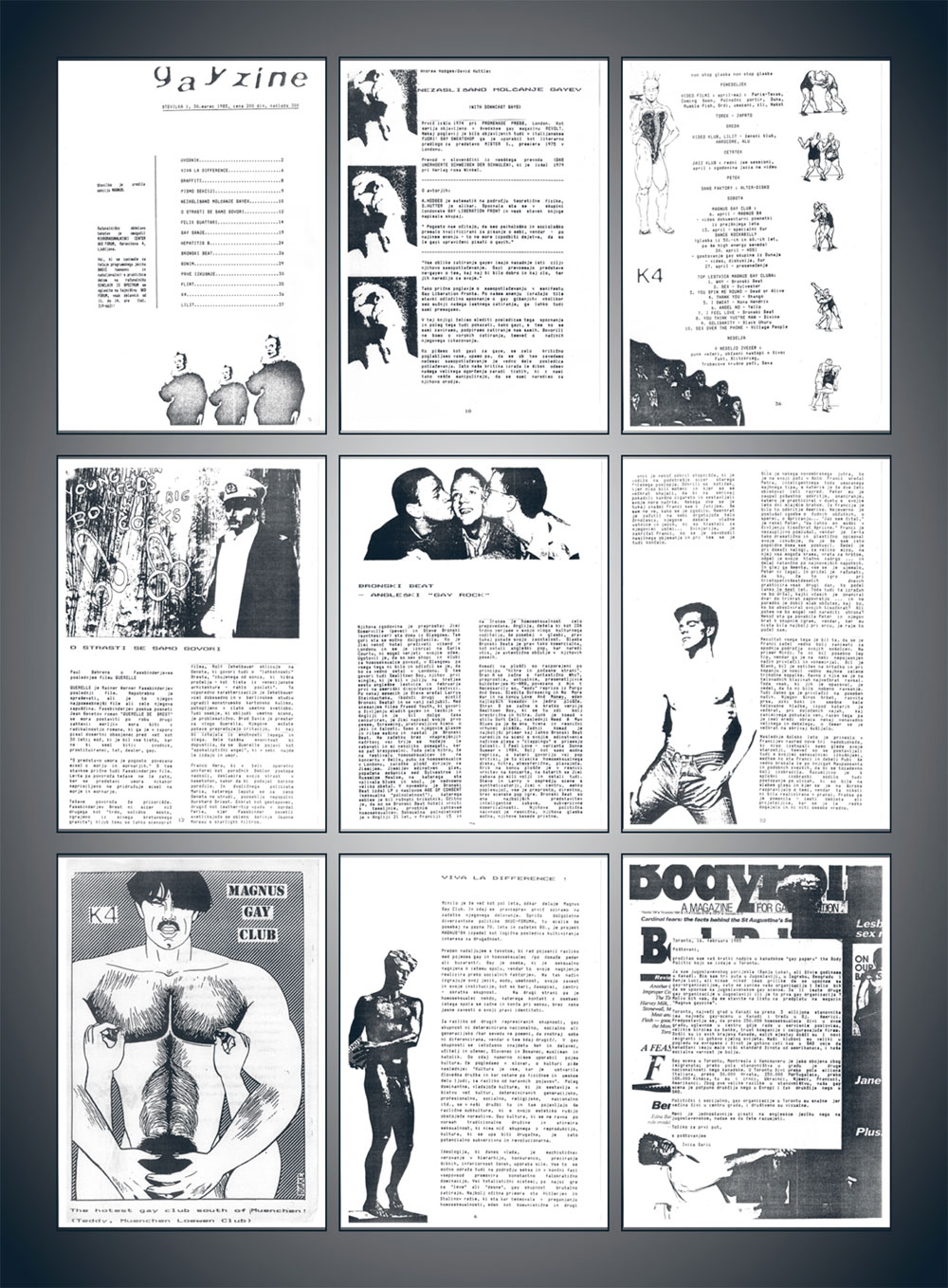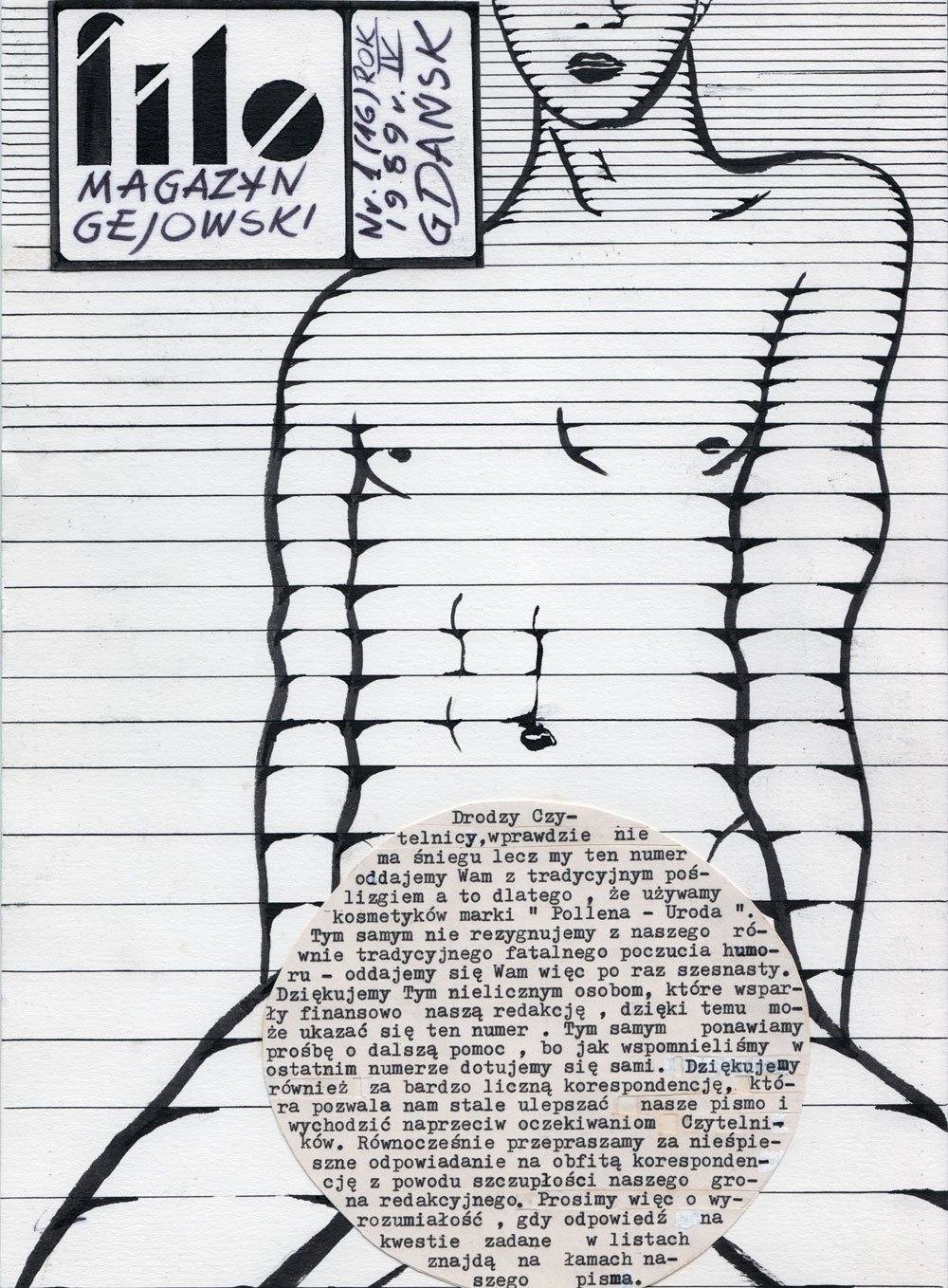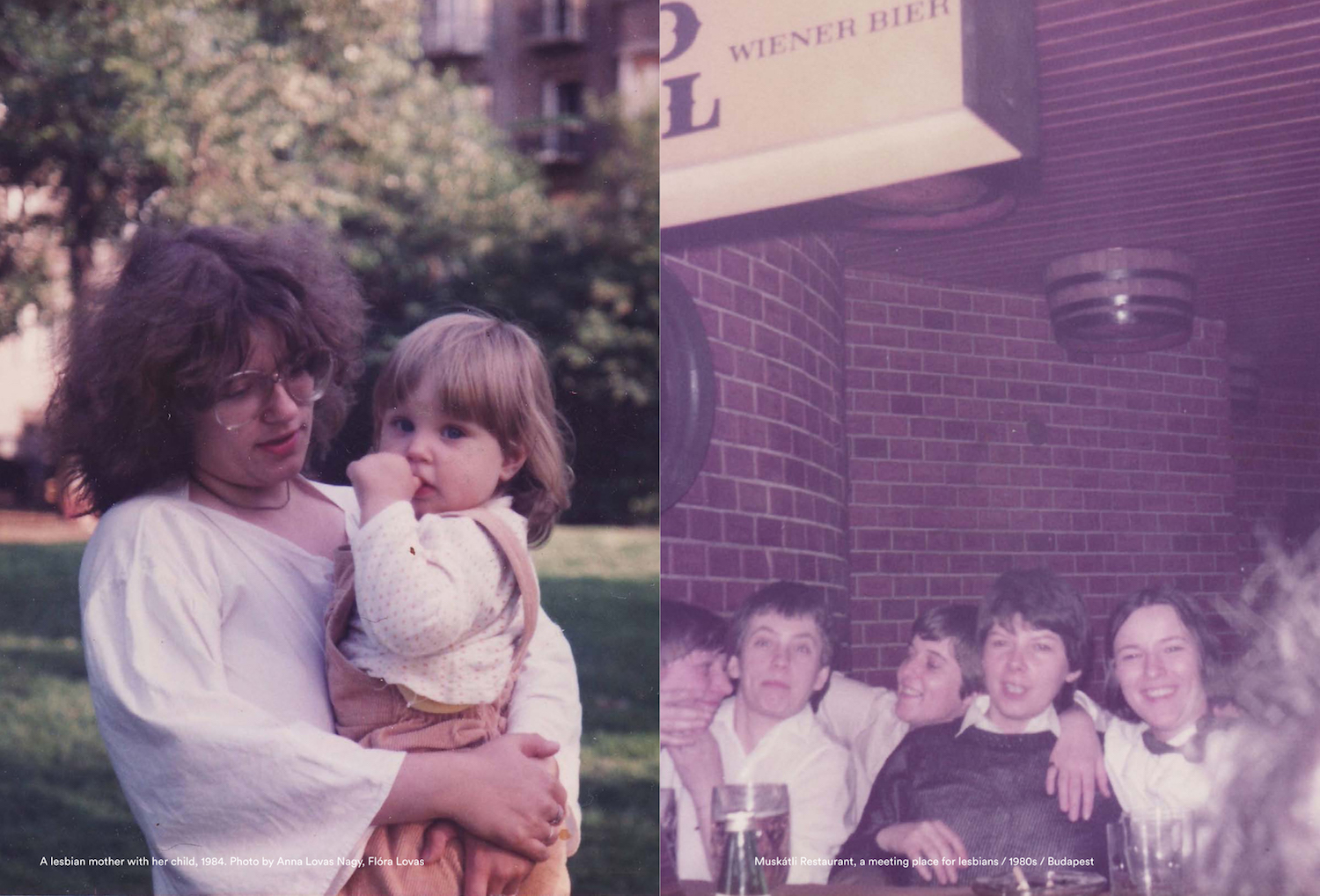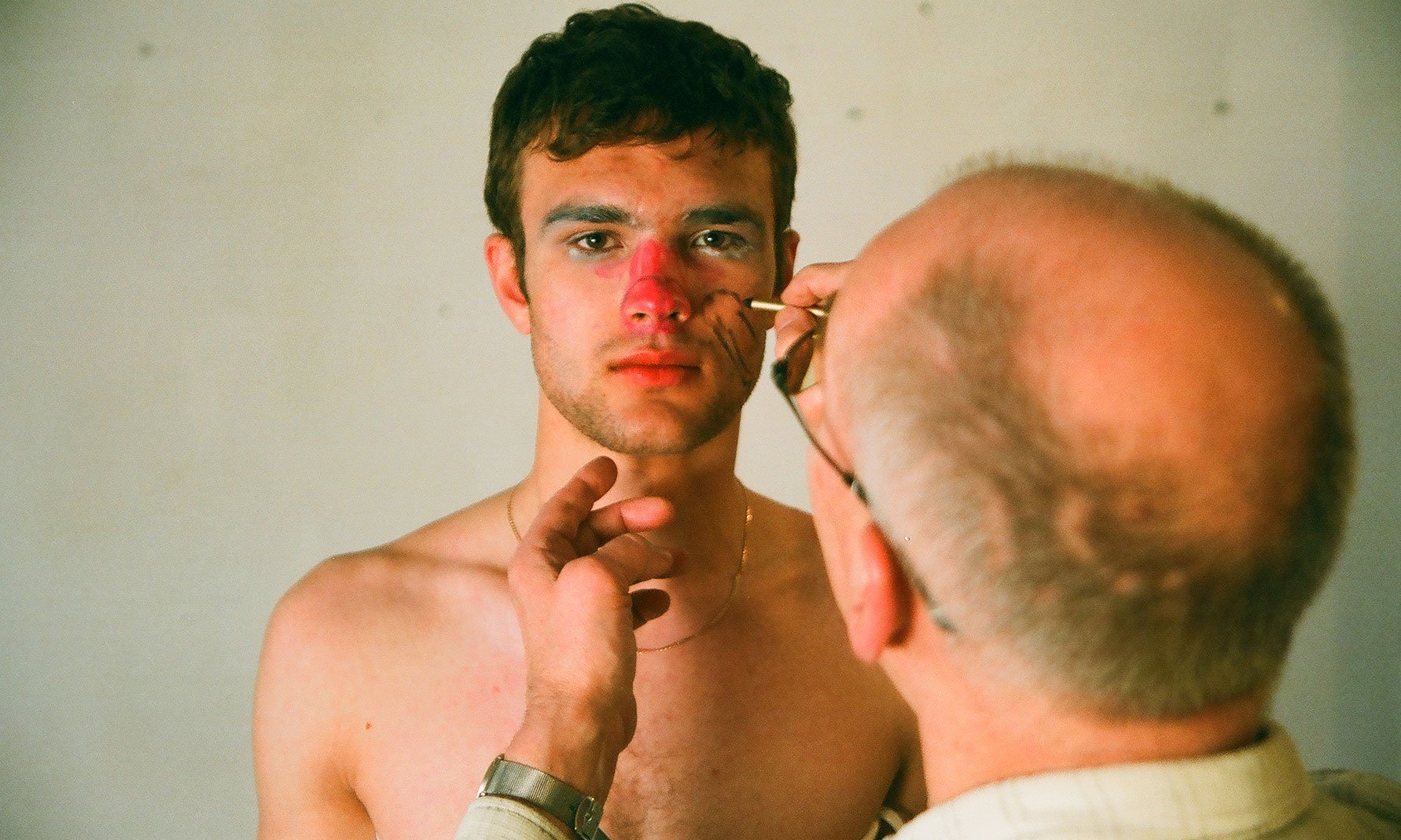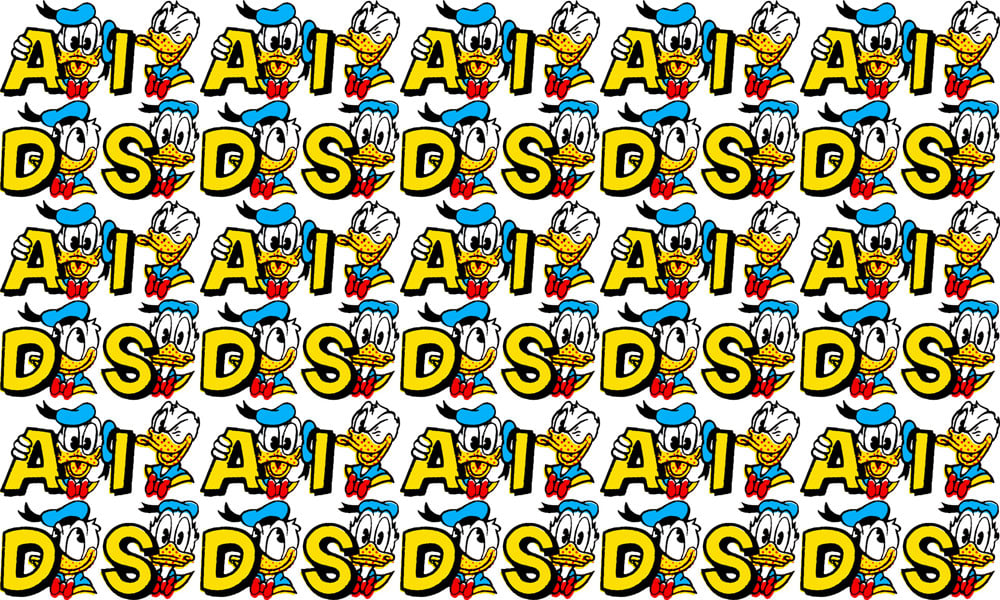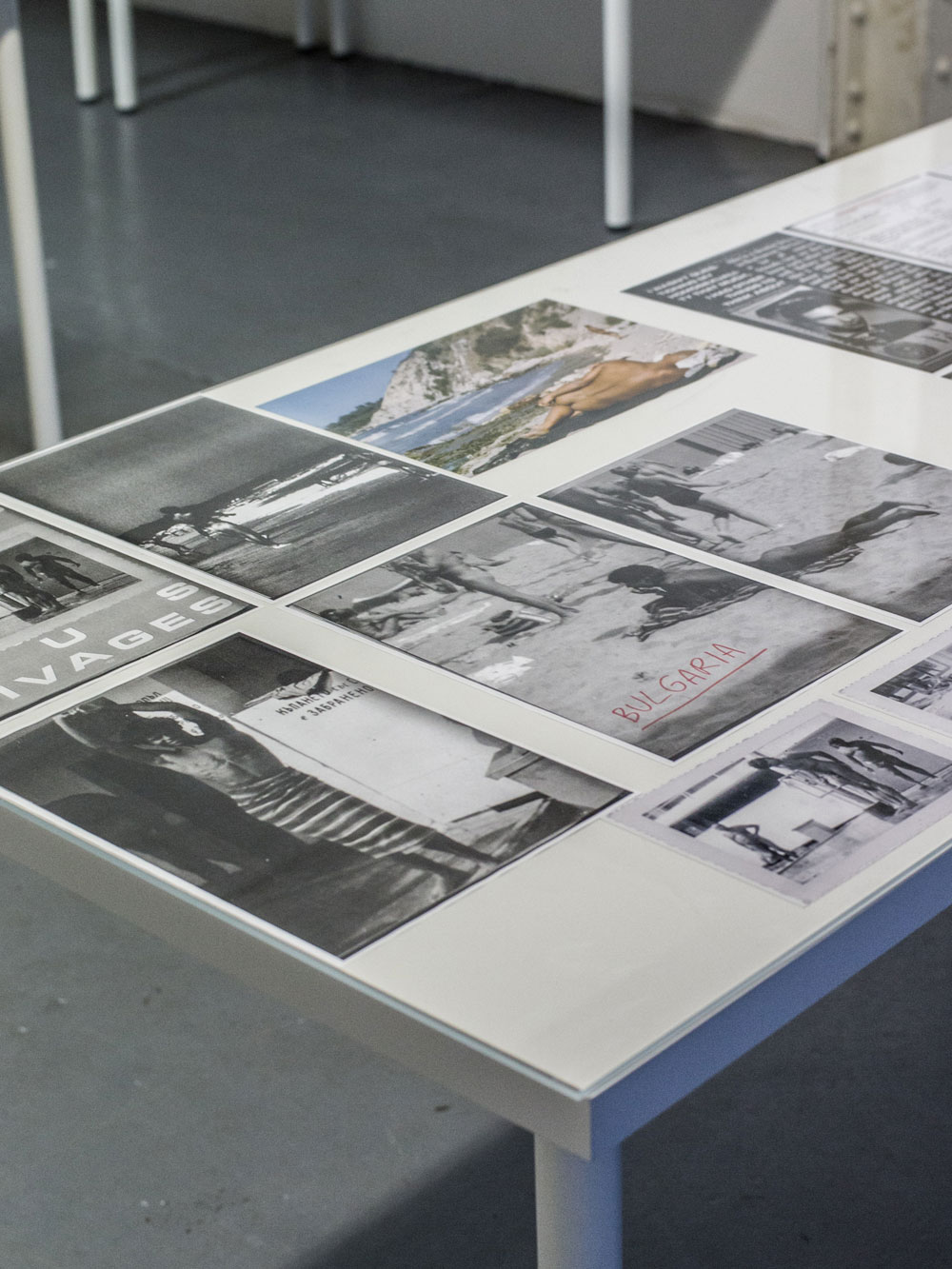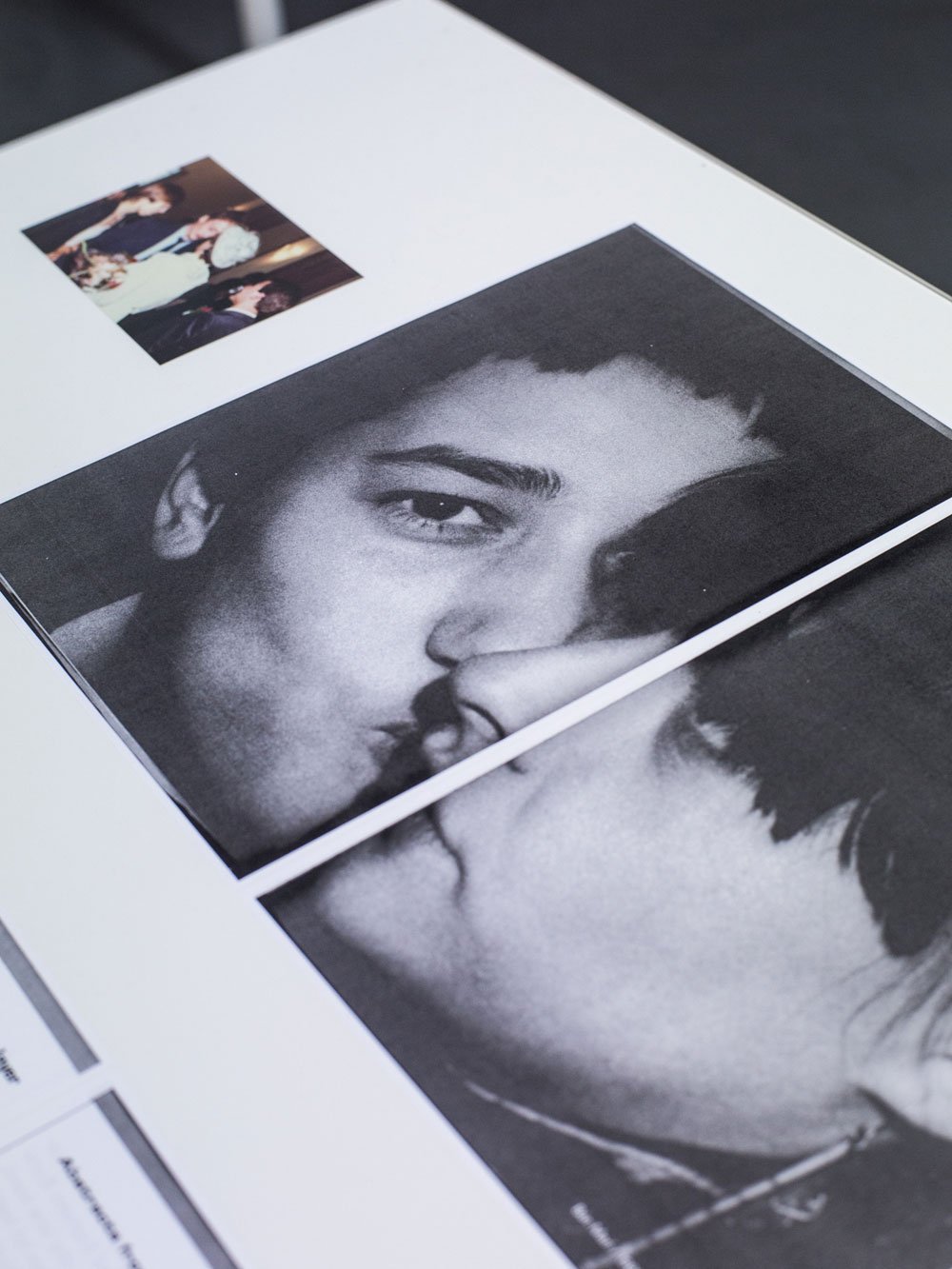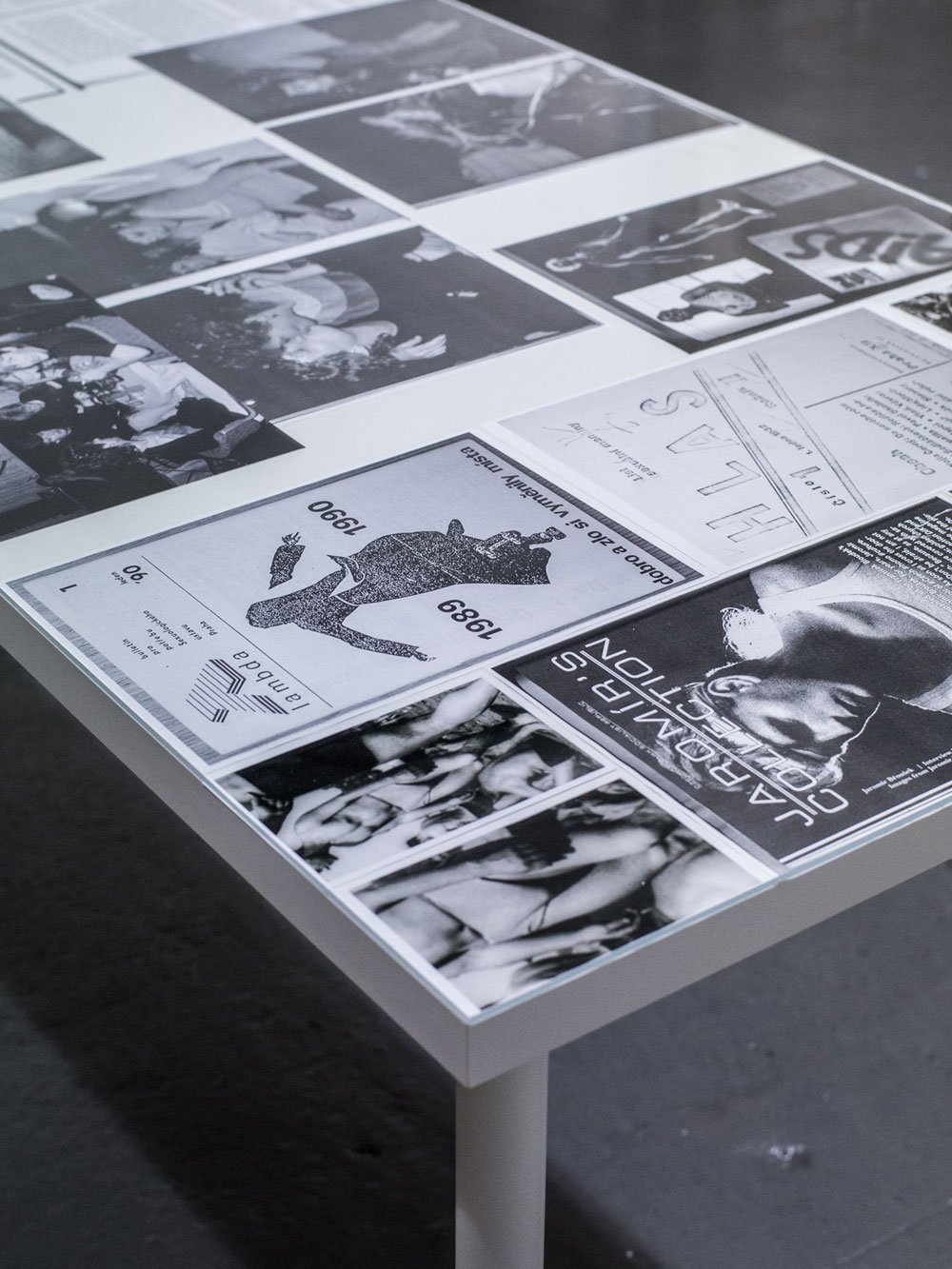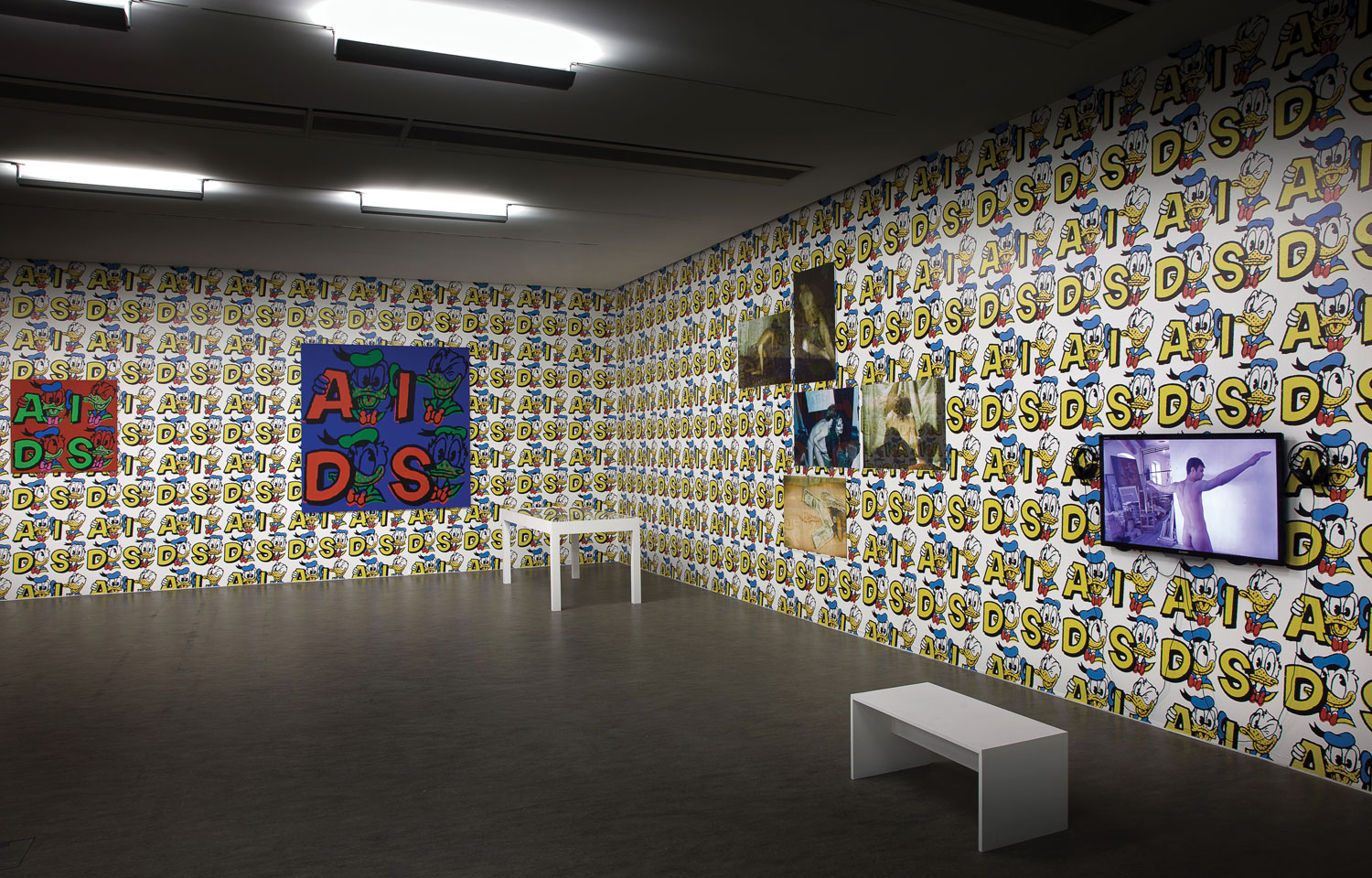Queer zines: making art from eastern Europe’s secret LGBTQ archives
Karol Radziszewski collects, displays and reimagines the hidden queer art of eastern European zine culture
In 2005, artist Karol Radziszewski founded DIK Fagazine, the first arts publication in Poland dedicated to the exploration of contemporary homosexuality and masculinity. 2005 was a crucial year for many reasons in Poland; as the right-wing political party Law and Justice (PiS) won the election with a conservative agenda, Lech Kaczyński, then mayor of Warsaw and later President of Poland banned the Parada Równości, the city’s Gay Pride parade. In the same year, an important gay novel, Lovetown (Lubiewo) by Michał Witkowski was released, and Karol’s solo show, Fags, became the first openly homosexual exhibition in Poland. Against a backdrop of increasing hostility and often violent resistance towards homosexuality from nationalist and religious groups, Radziszewki has spent more than ten years researching and producing a growing archive of queer histories from eastern Europe, a project which has become the centre of his artistic practice.
DIK Fagazine was founded to offer something different: an art magazine with a queer focus. Early issues centred on contemporary Poland, with interviews and artistic contributions that sought to locate homosexuality within the context of post-communist eastern Europe. Soon, the magazine evolved to become more archival and research-based; Karol began to travel across the region, meeting people and recording untold stories. As Karol says, “it is typical in eastern European countries — in Poland, Ukraine, Romania, for example — for politicians and people to think that the gay thing is something that comes from the West. So if you join the European Union, you bring sodomy to the country.” DIK Fagazine became a tool to represent the often invisible queer histories of the region, to “search for our local queer ancestors and prove that it’s not something fashionable, it’s not something new.”
For more than ten years, Karol has travelled from Poland to Romania, Ukraine, Belarus, Croatia, Estonia, Bulgaria, Slovenia, Serbia, Czech Republic and Hungary, recording oral histories with the people he meets to collect case studies of their lives. The interviews often move from anecdotes of homophobia or love stories to cruising spots, gay clubs and the early histories of gay magazines and organisations as told by those involved. Some issues are monographic, focusing entirely on one country, including the most recent issue on Belarus. In each new place, he often finds himself the first person to address these issues from an artistic perspective, something which has provided privileged access but also a sense of responsibility towards the stories he hears. Each issue includes a long introduction in which Karol records what he has seen, how long he has spent there, and who he has met as a form of reportage. At the same time, he collects as much material as he can, re-photographing and digitising thousands of old photos, magazines and written ephemera to reprint across the pages of the magazine. Unsurprisingly, the material he has gathered often goes far beyond what he can use; thus, in 2015, he founded the Queer Archives Institute.
The Queer Archives Institute is now the official publisher of DIK Fagazine, and seeks in the future to include more publications in its activities, such as reprints of Filo, the first communist-era gay zine founded by Ryszard Kisiel in the 80s. In spite of its grand name, Karol remains the sole organiser of the Institute, which is backed by no formal organisation. Its name betrays a desire to not only present an archive of queer histories, but to experiment with how an institution such as an archive could also be “queer” in form. It is an institution without a physical location; until now, it has changed from performance, to intervention, to pop-up group exhibition, with the role of the artist switching from researcher to collector to curator. He hopes one day to establish a foundation for the material which will ensure its longevity beyond his own involvement, so that it may continue to evolve and be used by other artists in the production of new works. As Karol says, “everything that contemporary queer artists are doing is becoming a queer archive in the same way.”
“We’re searching for our local queer ancestors to prove that this is not something fashionable, it’s not something new”
The activities of the Queer Archives Institute and DIK Fagazine have, from the beginning, been conducted in English. Though the focus is on eastern Europe, Karol sees his project “as a bridge” to the west. DIK Fagazine is designed for a western audience, offering a first-hand perspective on homosexuality and queer issues from those who have lived under communism. This “bridge” is important for those whose lives are recorded in the archive: as Karol says, “the history of queer Central Eastern Europe is so undeveloped, so hidden. You have to introduce it with a lot of context, which is a challenge.”
This issue was central in his decision to organise the collection under the term “queer”. Referencing recent western academic traditions, the word betrays the archive’s desire to resonate beyond the region. In Poland, the term “queer” is not widely known or understood. Any reference to queer theory or queer studies is therefore comparatively safe — whereas “if you were to say ‘gay lesbian studies’ in Poland, it would be very problematic.” Beyond this, though, the project is locally focused, and seeks to find names, words and dates that are alternative to the North American/western European context; symbols of queer culture that are different to those that define queer identity in the west. (Karol himself previously called his solo exhibition Pedały, the most offensive Polish homophobic slur). In its understanding of the specificity of East and West, his aesthetic rejects a rainbow palette in favour of black and white.
For now, Karol sees himself in a moment of collecting. A couple of recent exhibitions of the Queer Archives Institute, including most recently at Centrala in Birmingham, have given him the opportunity to experiment with how to display his research. Arranged as a collage, he juxtaposes a selection of contemporary documents with older archival material, texts and his own works. The highly curated selection barely scratches the surface of his collection, and Karol has considered gathering all the material onto a vast online platform. Currently, though, the process remains experimental and unfixed, allowing unfettered access to a network of voices across the region collectively writing their own queer histories.
Text: Hannah Zafiropoulos
